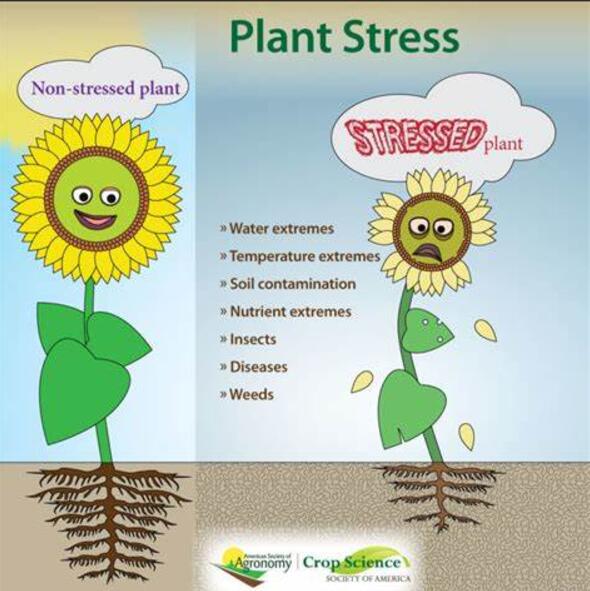Silicon-driven approaches to salinity stress tolerance: Mechanisms, uptake dynamics, and microbial transformations
IF 6.8
Q1 PLANT SCIENCES
引用次数: 0
Abstract
Salinity stress poses a critical threat to global crop productivity, driven by factors such as saline irrigation, low precipitation, native rock weathering, high surface evaporation, and excessive fertilizer application. This abiotic stress induces oxidative damage, osmotic imbalance, and ionic toxicity, severely affecting plant growth and leading to crop failure. Silicon (Si) has emerged as a versatile element capable of mitigating various biotic and abiotic stresses, including salinity. This review offers a comprehensive analysis of Si's multifaceted role in alleviating salinity stress, elucidating its molecular, physiological, and biochemical mechanisms in plants. It explores Si uptake, transport, and accumulation in plant tissues, emphasizing its contributions to maintaining ionic balance, enhancing water uptake, and reinforcing cell structural integrity under saline conditions. Additionally, this review addresses Si transformations in saline soils and the factors influencing its bioavailability. A significant focus is placed on silicon-solubilizing microorganisms (SSMs), which enhance Si bioavailability through mechanisms such as organic acid production, ligand exchange, mineral dissolution, and biofilm formation. By improving nutrient cycling and mitigating salinity-induced stress, SSMs offer a sustainable alternative to synthetic silicon fertilizers, promoting resilient crop production in salt-affected soils.
求助全文
约1分钟内获得全文
求助全文
来源期刊

Plant Stress
PLANT SCIENCES-
CiteScore
5.20
自引率
8.00%
发文量
76
审稿时长
63 days
期刊介绍:
The journal Plant Stress deals with plant (or other photoautotrophs, such as algae, cyanobacteria and lichens) responses to abiotic and biotic stress factors that can result in limited growth and productivity. Such responses can be analyzed and described at a physiological, biochemical and molecular level. Experimental approaches/technologies aiming to improve growth and productivity with a potential for downstream validation under stress conditions will also be considered. Both fundamental and applied research manuscripts are welcome, provided that clear mechanistic hypotheses are made and descriptive approaches are avoided. In addition, high-quality review articles will also be considered, provided they follow a critical approach and stimulate thought for future research avenues.
Plant Stress welcomes high-quality manuscripts related (but not limited) to interactions between plants and:
Lack of water (drought) and excess (flooding),
Salinity stress,
Elevated temperature and/or low temperature (chilling and freezing),
Hypoxia and/or anoxia,
Mineral nutrient excess and/or deficiency,
Heavy metals and/or metalloids,
Plant priming (chemical, biological, physiological, nanomaterial, biostimulant) approaches for improved stress protection,
Viral, phytoplasma, bacterial and fungal plant-pathogen interactions.
The journal welcomes basic and applied research articles, as well as review articles and short communications. All submitted manuscripts will be subject to a thorough peer-reviewing process.
 求助内容:
求助内容: 应助结果提醒方式:
应助结果提醒方式:


